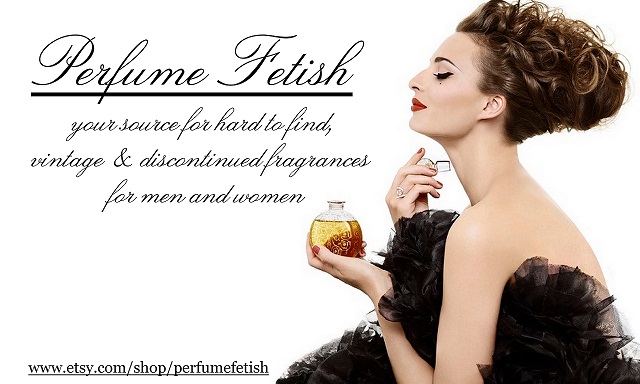So what does it smell like? It would have been classified as a floral fragrance, evoking the freshness of newly blossomed Spring flowers. All types of Spring Flower perfumes were popular during the 19th century. Formulas for these perfumes appeared in several perfumery manuals and pharmacopeias during the period. These formulas were based on mixed blends to suggest the fresh odor of newly blossomed flowers in Springtime. Natural extracts, infusions, absolutes and tinctures would have been used early on, but as the 19th century drew to a close, newly discovered synthetics may have been utilized. The general recipe included the following ingredients:
- Top notes: bergamot, lemon, petitgrain, geranium, orange, cassie, violet
- Middle notes: jasmine, cloves, verbena, lily of the valley, tuberose, lavender, rose, jasmine
- Base notes: ambergris, orris, vanilla, musk, cedar, civet, tonka bean
Journal des demoiselles - Page 244, 1890:
La Moda elegante ilustrada: periódico de las familias - Page 134, 1893:
"Deux parfums dédiés aux jeunes filles parfums discrets et comme il faut Primavera de España et la Verveine line, d'une fraîcheur délicate."Two fragrances perfumes dedicated to girls as discrete and must Primavera de España and the Verbena line, a delicate freshness."
La Moda elegante ilustrada: periódico de las familias - Page 134, 1893:
"Primavera de España olor muy suave.""Spring of Spain, very soft scent fragrance."


No comments:
Post a Comment
All comments will be subject to approval by a moderator. Comments may fail to be approved or may be edited if the moderator deems that they:
contain unsolicited advertisements ("spam")
are unrelated to the subject matter of the post or of subsequent approved comments
contain personal attacks or abusive/gratuitously offensive language